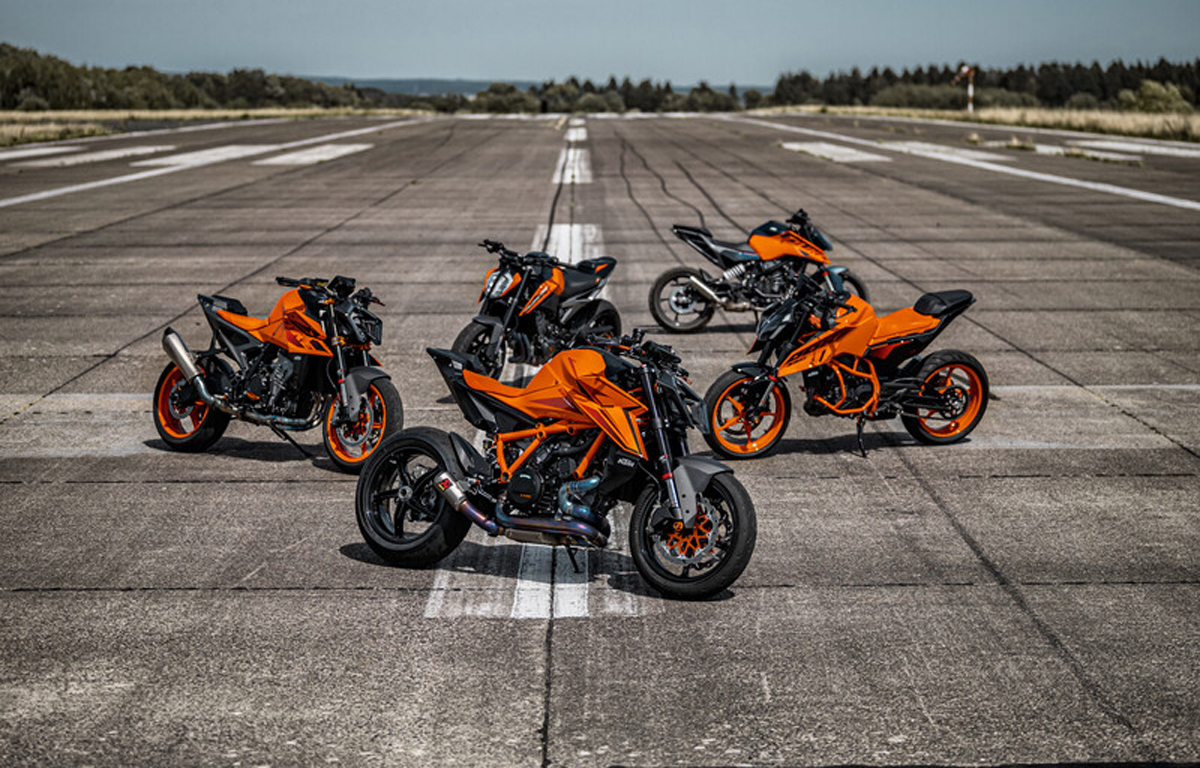
When we rewind back to 1994 most of you will remember Ace of Base (The Sign) blasting out of your Sony Walkman Radio, Carl Fogarty winning the WorldSBK championship, junk food not doing much to your figure, and Nelson Mandela casting his ballot. While there was much happening in the foreground of the 90s, the dirt-biased Austrian motorcycle company called KTM was beginning to make its inroads into the road bike market. Just like Ducati and their iconic Monster, KTM’s own Wolfgang Felber (an Austrian engineer) helped KTM launch their now iconic Duke range with the introduction of the 620 Duke.
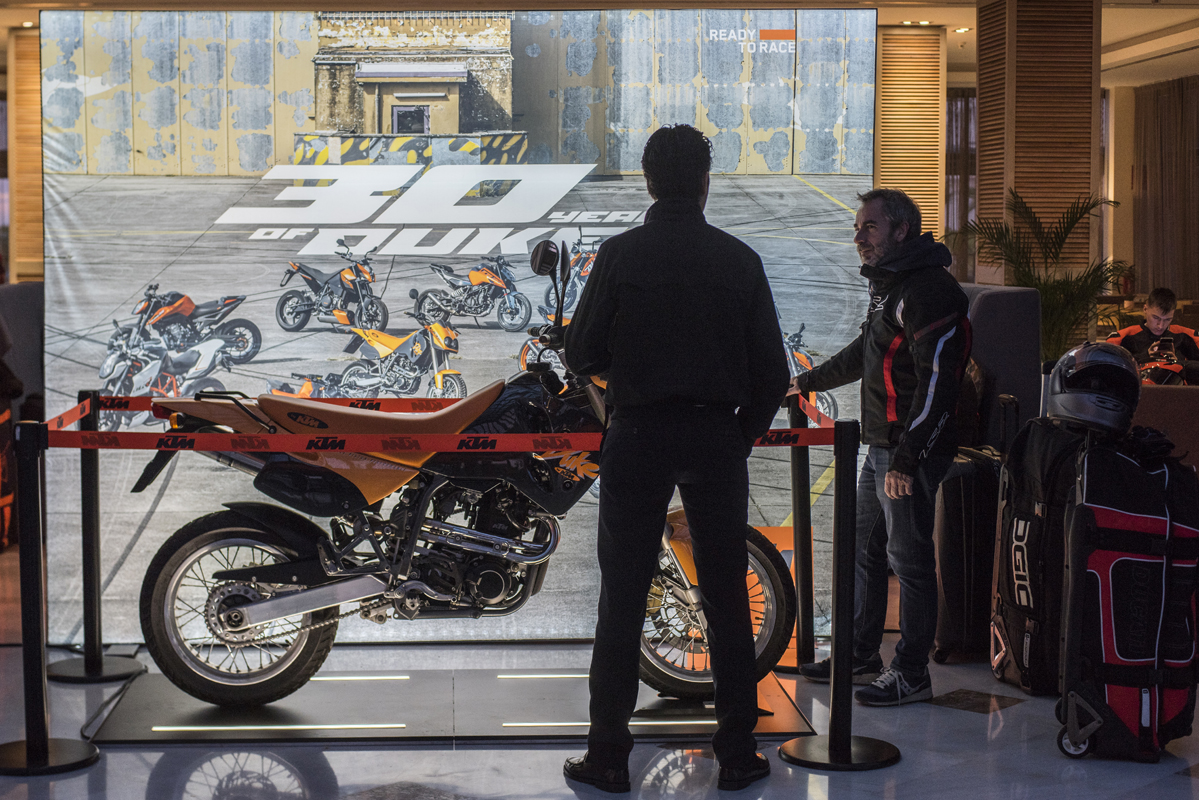
The origin of the name Duke is very important in KTM’s heritage and in my opinion, it holds much meaning to their “Ready to Race” philosophy 30 years later. The name Duke originates from a true MotoGP legend by the name of Geoffrey Ernest Duke, a British multiple motorcycle Grand Prix road racing world champion with six world MotoGP championships and six Isle of Man TT wins under his belt. Decades later we are seated here in Almeria Spain witnessing KTM honouring their Duke legacy by hosting a press launch for three new Duke models: the 390 Duke, 990 Duke, 1390 Super Duke R, and 1390 Super Duke R Evo.
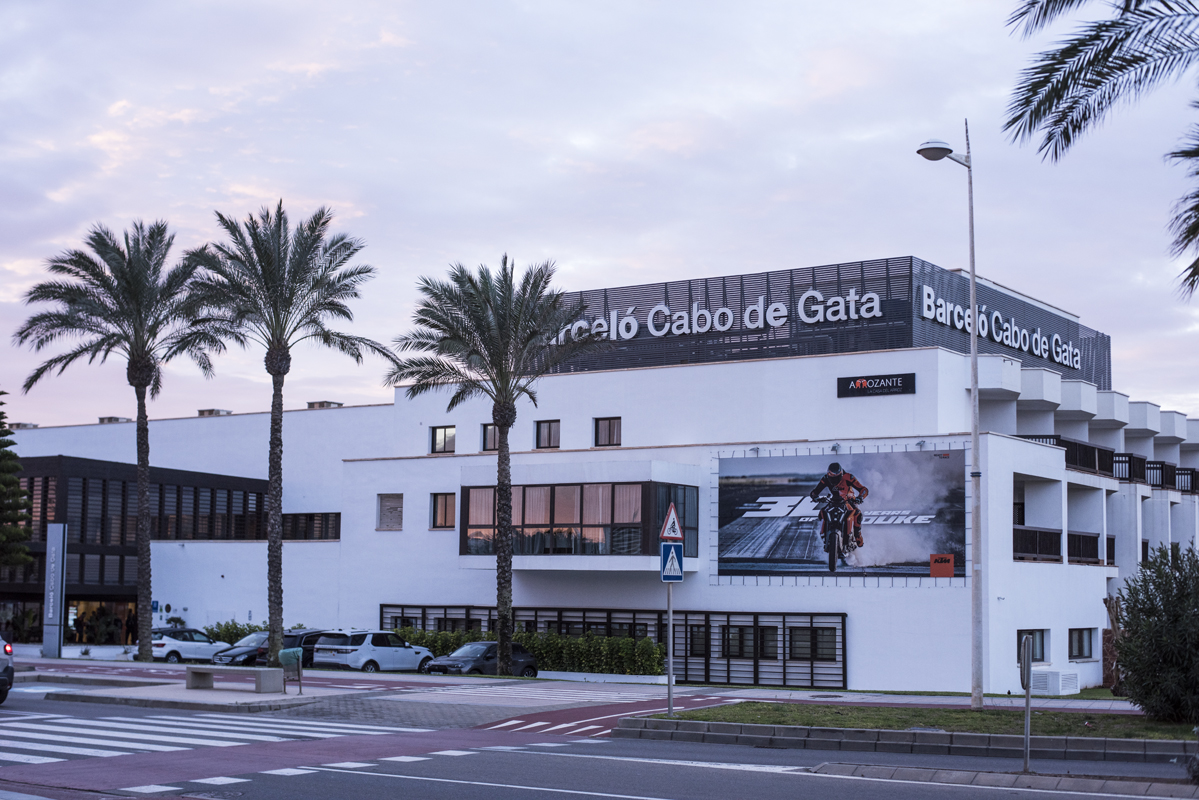
KTM is a brand that is focused on innovation, so much so that they don’t have time to be nostalgic—unless it’s to show how far they have come along. This year with three models lined up side by side, we see a synergy like never before where build quality, technology, design language and even ergos to a certain point are all cohesive. What is also special for this year is that the first batch of Dukes will come with an orange seat to celebrate KTM’s 30th Duke anniversary.
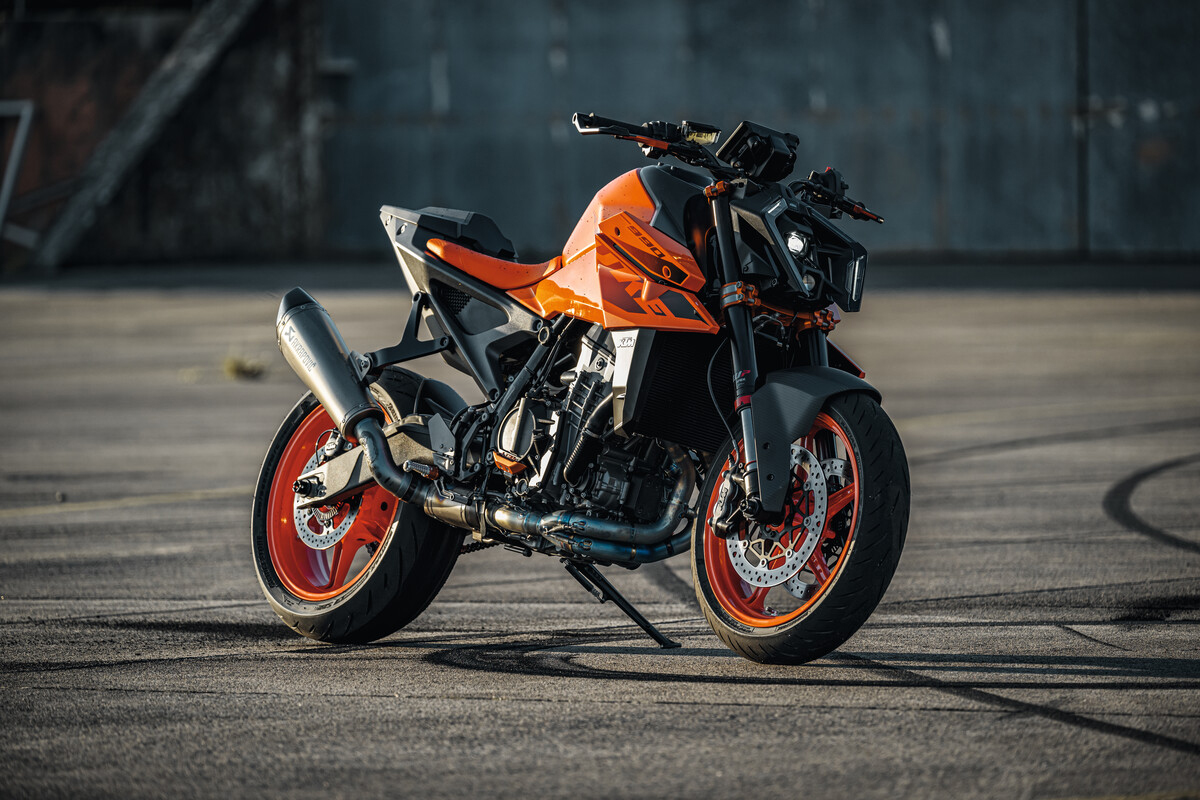
Starting the proceedings in lovely Spain was one of the Orange brands’ best sellers, the 390 Duke. The “lil” Duke has come a long way since its first baby steps in 2013 and like the rest of the range it has matured even more so with this latest refresh. These high sales figures are drawn mainly from Eastern, Asian, and African countries where lower-capacity motorcycles rule the street.
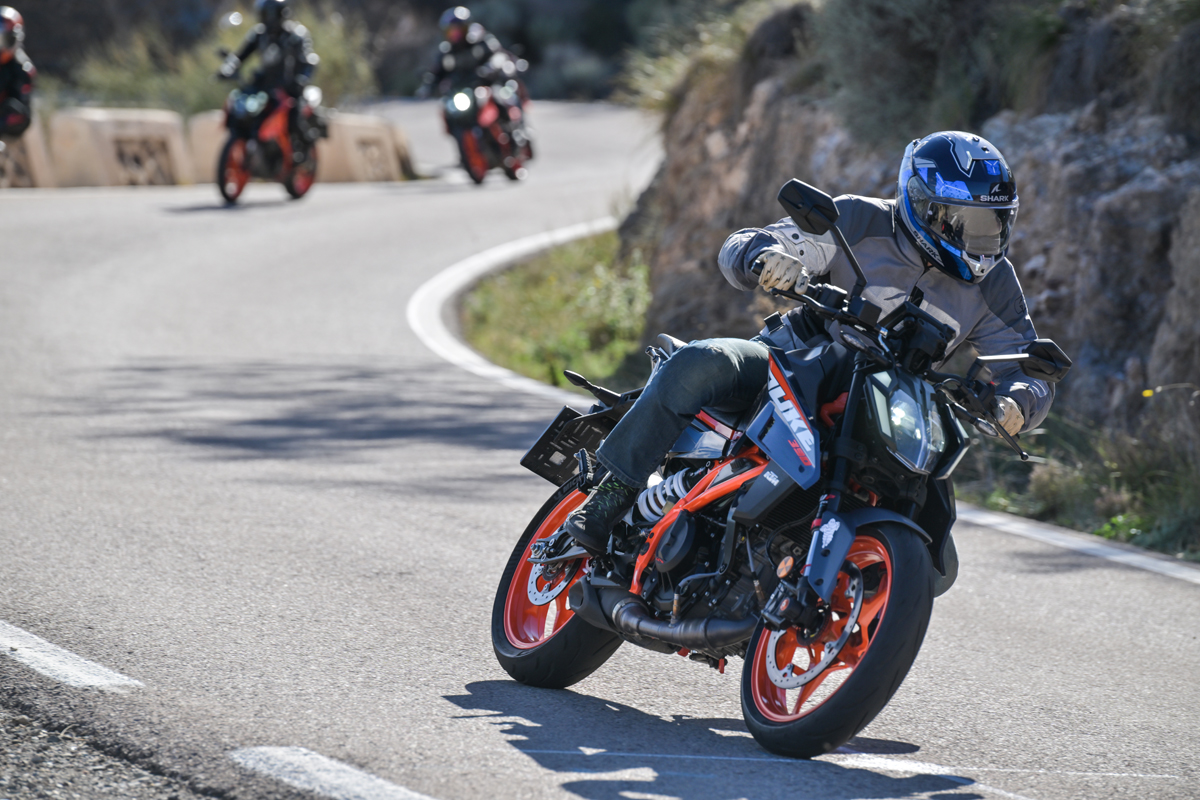
KTM’s mentality behind the new generation 390 Duke (knowing that some countries may never experience a true high-performance Duke) was to bring their top-of-the-range technology, features, high-quality finish, and WP components to the entry-level naked range. Although “entry-level” in KTM’s stable, the 390 Duke will be top of its class for 2024 and offer riders a “mini” Super Duke experience. KTM also like to give us numbers as to how much component-wise is new for this year, and the 390 Duke is 90% new.
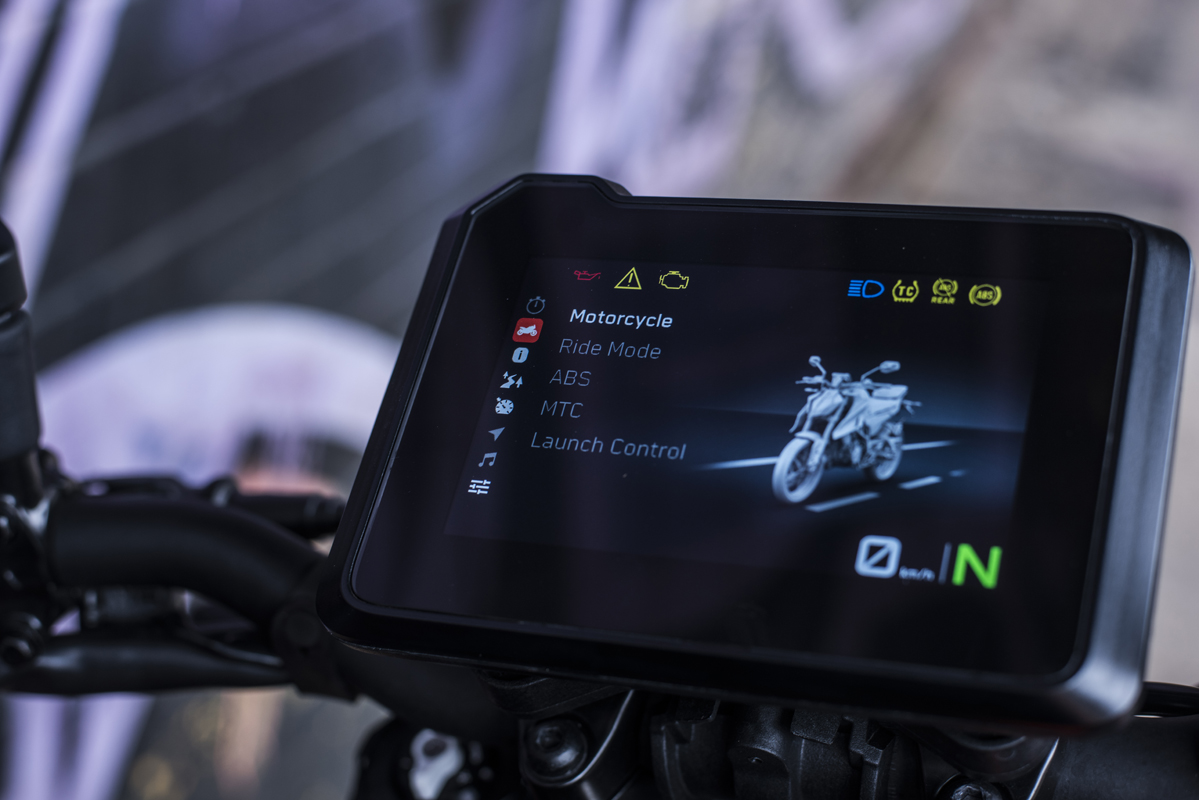
The design and finish for this year just scream premium, from the mirrors, paint, switchgear, headlight, TFT, engine casings, adjustable WP suspension and now lower seat (due to a new airbox), just yes KTM! We also see more power this year from the motor with a bump up from 373 cc to 399 cc and some airbox mods along with some headwork helping the 390 deliver a 2 Nm climb to 39 Nm and a 2 hp increase to 44 hp—not game-changing by any means but enough to make a difference on a sub 150 kg motorcycle.
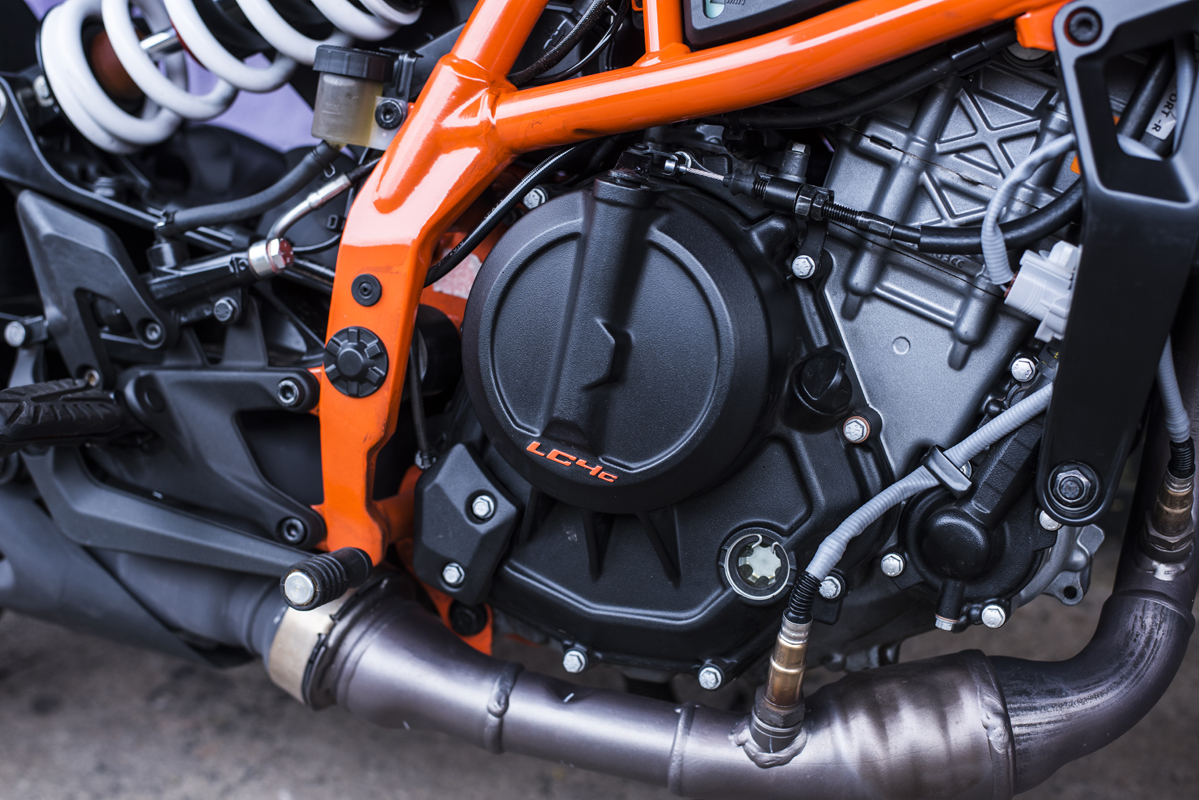
Having spent much seat time in December on the 390 Duke and now around the twisty landscape of Almeria, I can honestly say that this year’s model is a true Mini-Me to its bigger 1390 Duke sibling. As I covered in the road test (Hoon School), the 390 Duke will blow a youngster’s mind while still keeping many experienced riders entertained on a Monday-to-Friday commute or even on a weekend gymkhana.
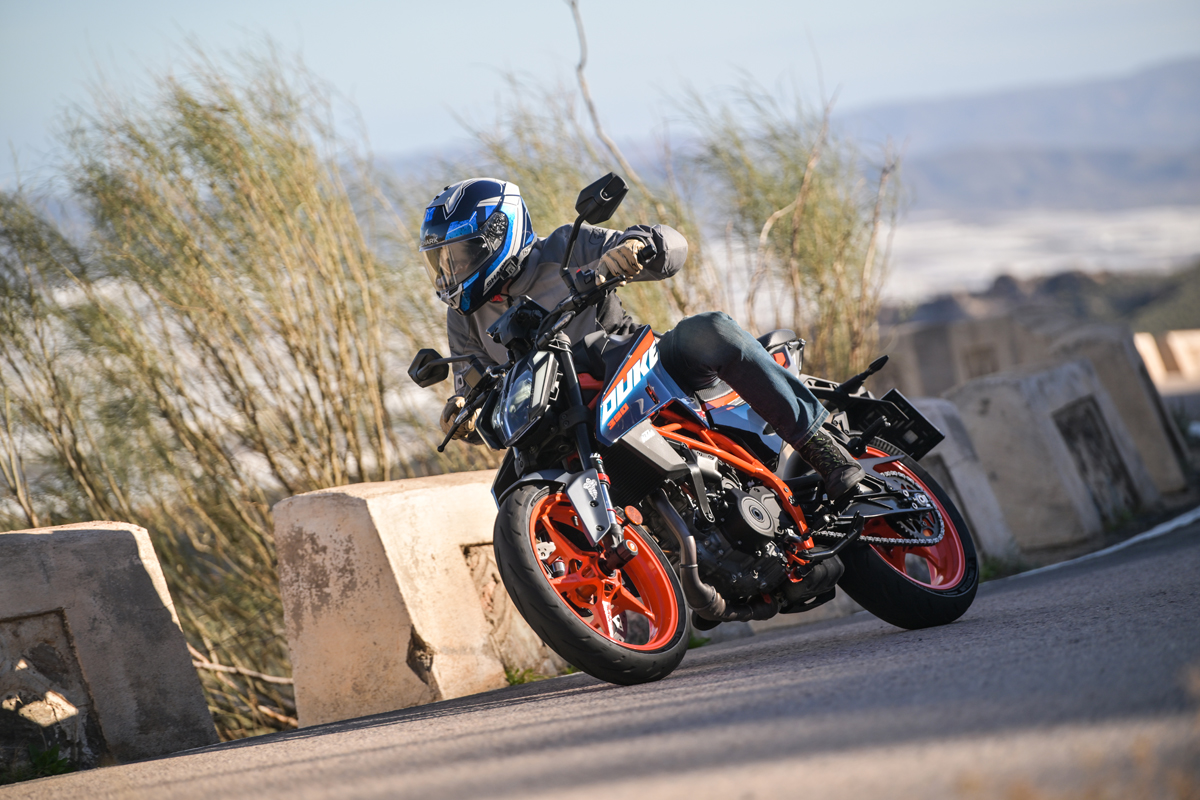
Now, for the bike, the bike I’ve been waiting for, no not ‘The Scalpel’, ‘The Sniper’. I have always been a massive fan of the original parallel twin 790 Duke and 890 Duke R, so when the teaser campaign for the 990 was underway my sleepless nights began. The guys in marketing were blurting out green flag after green flag at the launch. The two big green flags for me were; the bike being 96% new and being built in Mattighofen Austria. In typical KTM fashion, the launch bike in the presentation had a lot of sexy power parts like the upswept Akrapovič, rear seat cowl, and some carbon treatment to name a few.
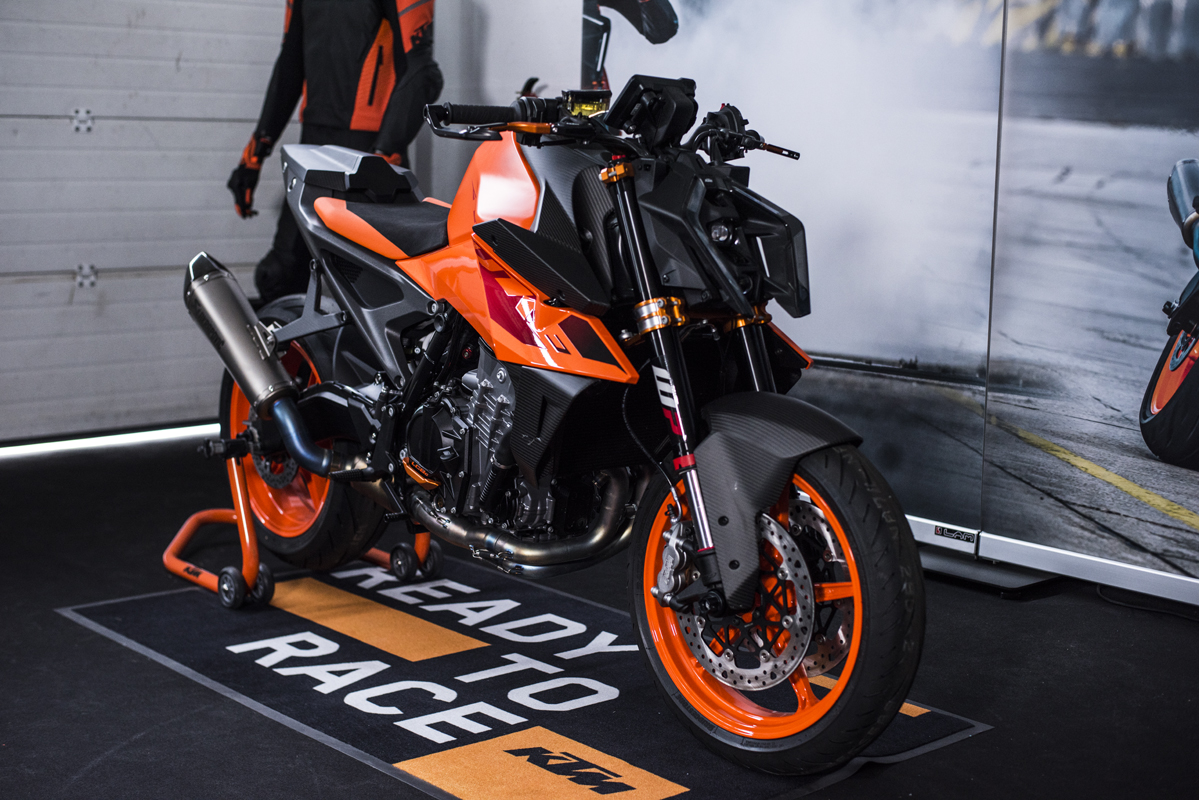
So, what makes the 990 Duke a Sniper? For starters the bike has grown in all meanings of the word, it’s more aggressive looking with wider tank fairings, it has more accommodating ergos thanks to a new subframe design, more power, and more sophisticated electronics—as on the 1390 Super Duke.
I’m just going to say it and I’m sorry KTM. When the bike was teased at the EICMA motor show I sort of couldn’t get past the headlight, almost like Austin Powers couldn’t get past “The Mole”. Mole! But in person and after looking at how it flows into the rest of the design of the bike, it starts to grow on you. Like with most things in life we tend to dislike things quickly because we’ve gotten so used to the predecessor, but once you take a step back and look at each bike side by side, the new 990 Duke flows better and has proportions that are suited to its new and more aggressive personality.
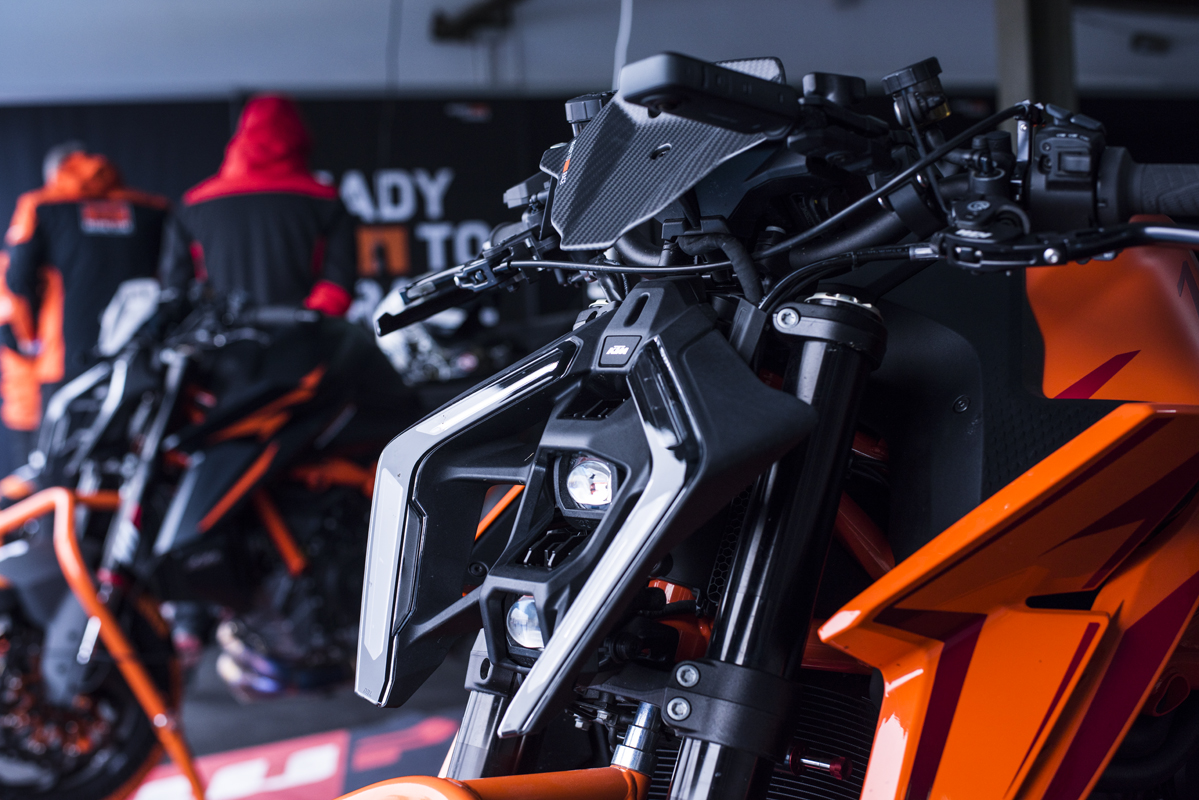
With the 990 Duke KTM’s vision was to close the gap to the Super Duke both in power and in design. The 990 Duke does knock on the door of its bigger brother and shares a lot of inspired design and a few parts, like the front rim, headlight, mirrors, and TFT to name a few. It’s a common misconception to simply think that the 990 is an 890 Duke jacked up on steroids, but in reality, it’s a completely new bike with new intentions.
Performance wise we see the Sniper packing 123 hp and 103 Nm which is a 4 hp and 4 Nm increase compared to the 890 Duke R. This isn’t a massive increase, but KTM has lowered the peak torque curve to make the 990 more fun off the line. As well as building a new motor and new gearbox, KTM has focused on making the 990 Duke as light as possible by shedding unsprung mass with 1.5 kg lighter five-spoke wheels and by shaving 700 g off of the new headlight.
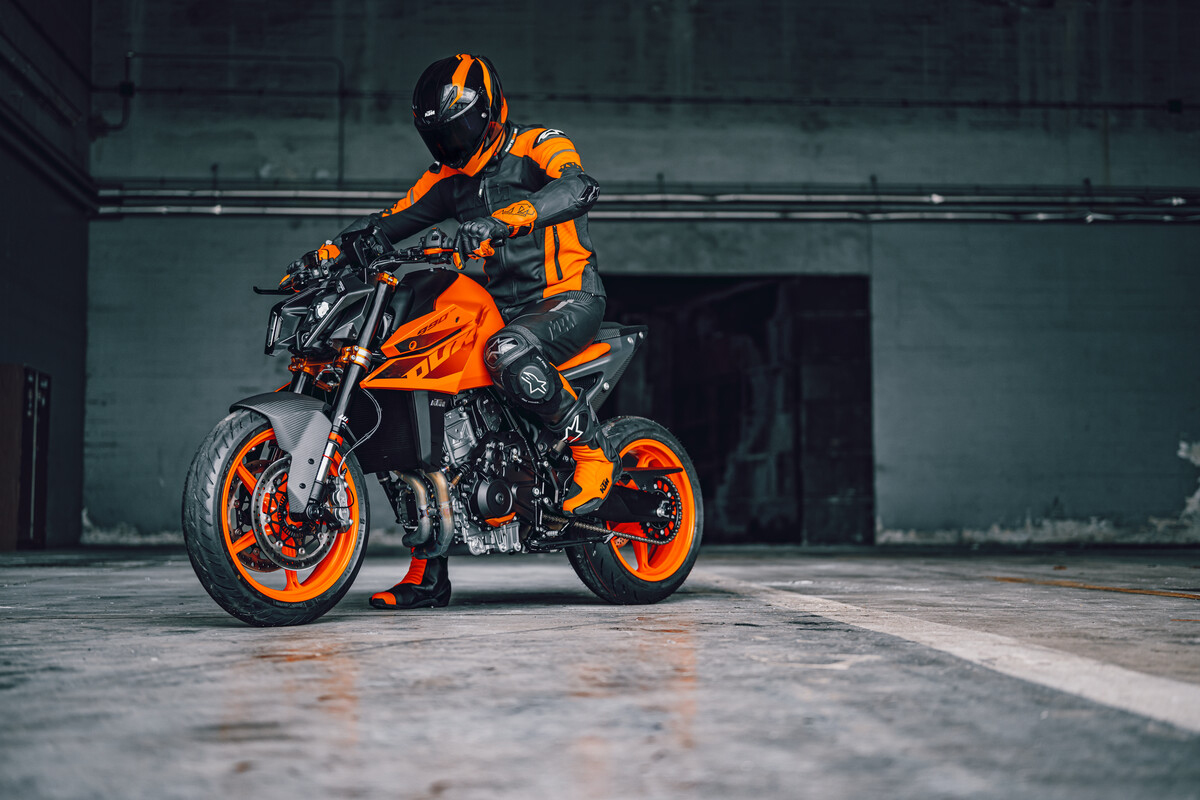
Like most base models from KTM or non ‘R’ models shall I say, we usually see a simple or non-adjustable WP suspension, but just like on the new 390 Duke, the 990 has 5 clicks for compression and 5 clicks for rebound damping, with a rebound and preload adjustable rear shock. For someone like me who hates the idea of having 20 clicks this way and 12 clicks that way, remembering 5 clicks is so much easier and you also feel more of a difference in that one or two clicks of change vs 5 or 6 on a conventional fork leg. Changing the setting back to back to whatever other preference you’ve got is also easier to do and remember.
Sitting on the bike you immediately feel more connected with the new tank design which helps hook your knees in for some sporty riding and the extended 14.8 litre range compared to the 890’s 13 odd litre tank is welcomed. Riding bikes and changing modes on the fly can be tedious, especially if you are trying to keep up with the buds, so KTM has cleverly designed pictograms into the riding modes like on their adventure bikes for rain, street, sport, and track mode. You have also got 9 slip modes with a plus and minus button on the left-hand switchgear to help dial up or down as the conditions change.
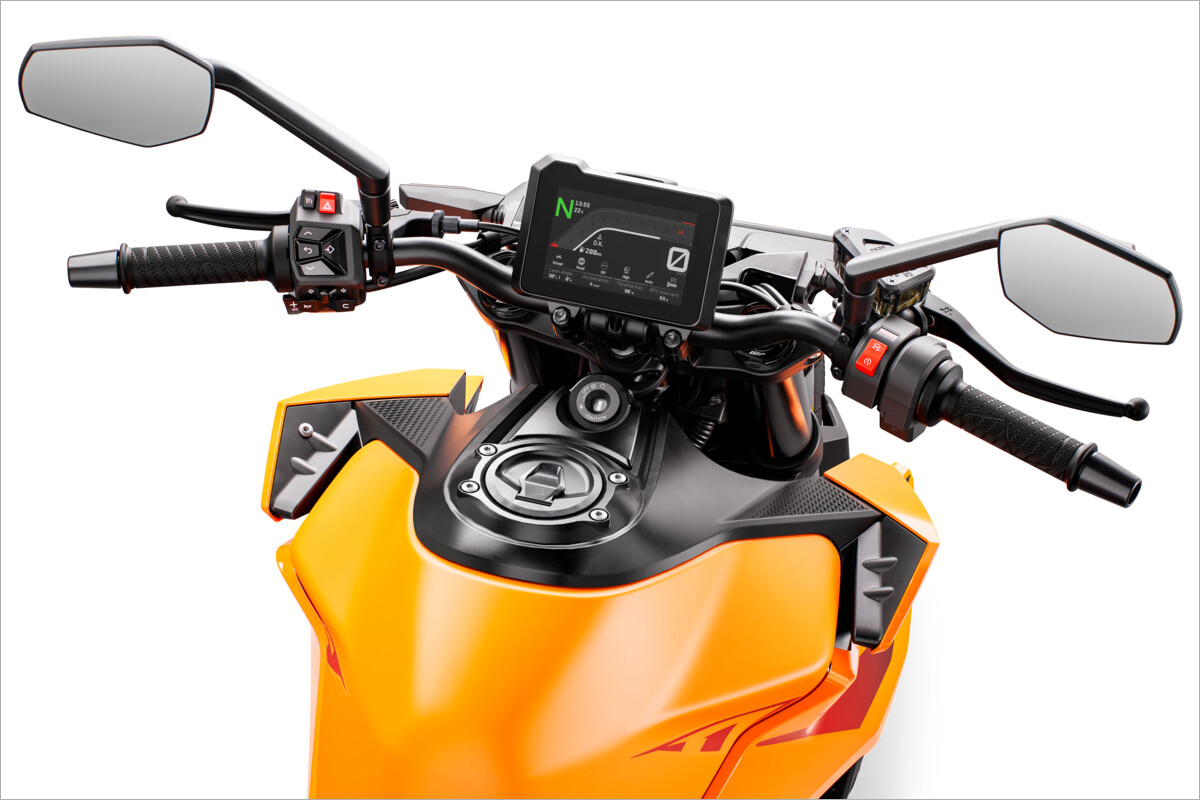
Cornering ABS comes with your usual full ABS and Supermoto mode, which works well with KTM’s OEM spec brake callipers. What drew my interest was KTM’s new anti-wheelie mode. KTM actually “encourage” you to wheelie with 3 modes; low, medium, and high. These modes help you gain traction on track as they say or they could become a beginner guide to pulling wheelies with a safety stop built into the angle of the wheelie.
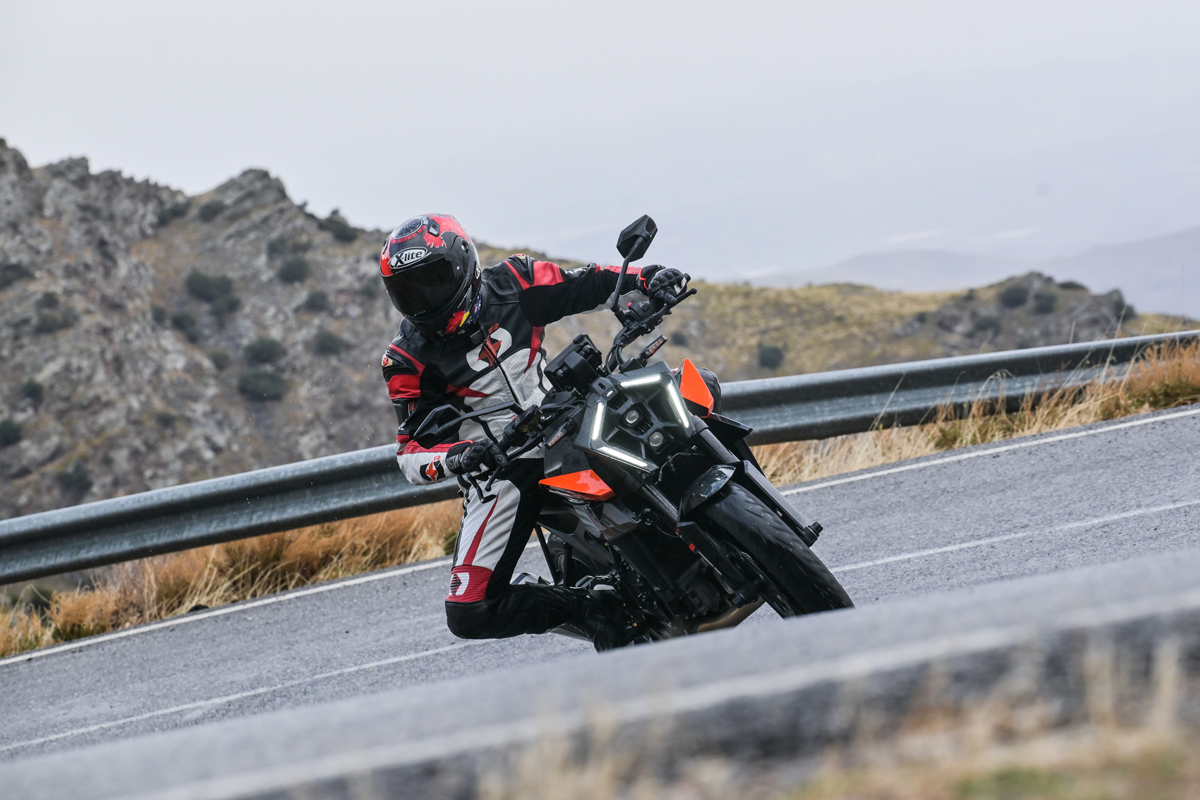
We took the 990 Duke out for a loop around the twisty mountain passes of Almeria just like on the 390, but with much faster sweepers. Unfortunately, after a short 30 km ride we hit rain and icy road conditions. But, as far as first impressions go, the 990 feels more stable on the gas when rolling out of bends with pace and into bends under hard braking. To me, it felt less on its toes but more stable than before, which for me is more confidence-inspiring for road riding and I think a lot of this is thanks to the new gravity diecast swingarm and 15% stiffer frame. Getting on the gas also felt more linear than what I remember the 890 R feeling like and again for fast road riding and daily commuting this is another benefit. Open highway stints feel way more stable than before, especially once you get on the main jet, and cruise control is also a welcomed feature for the long haul.
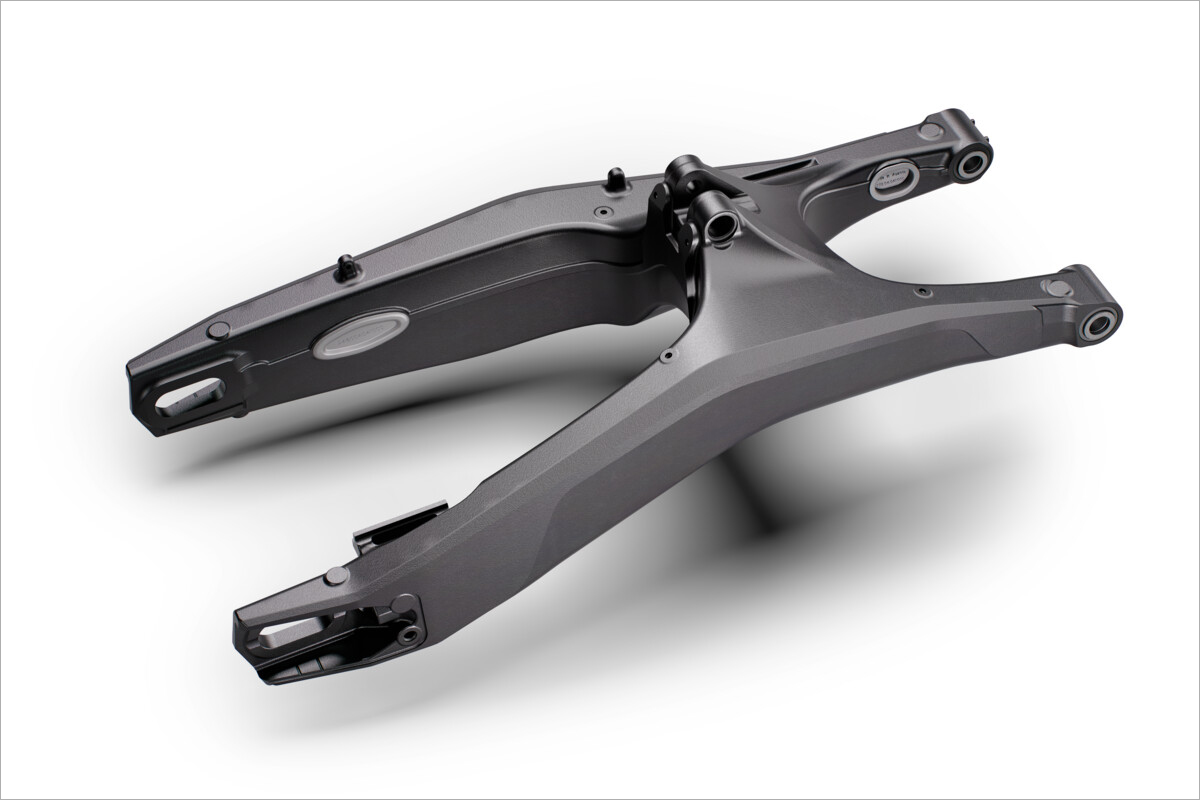
All in all, the 990 Duke is a great package, one that I would personally like to spend a lot more time on in SA. I think more South African riders will gravitate to the 990 over the 890 Duke and maybe even the 1390 Super Duke, purely due to the ergos being more accommodating, and pricing vs performance may just hit the mark for many riders too.
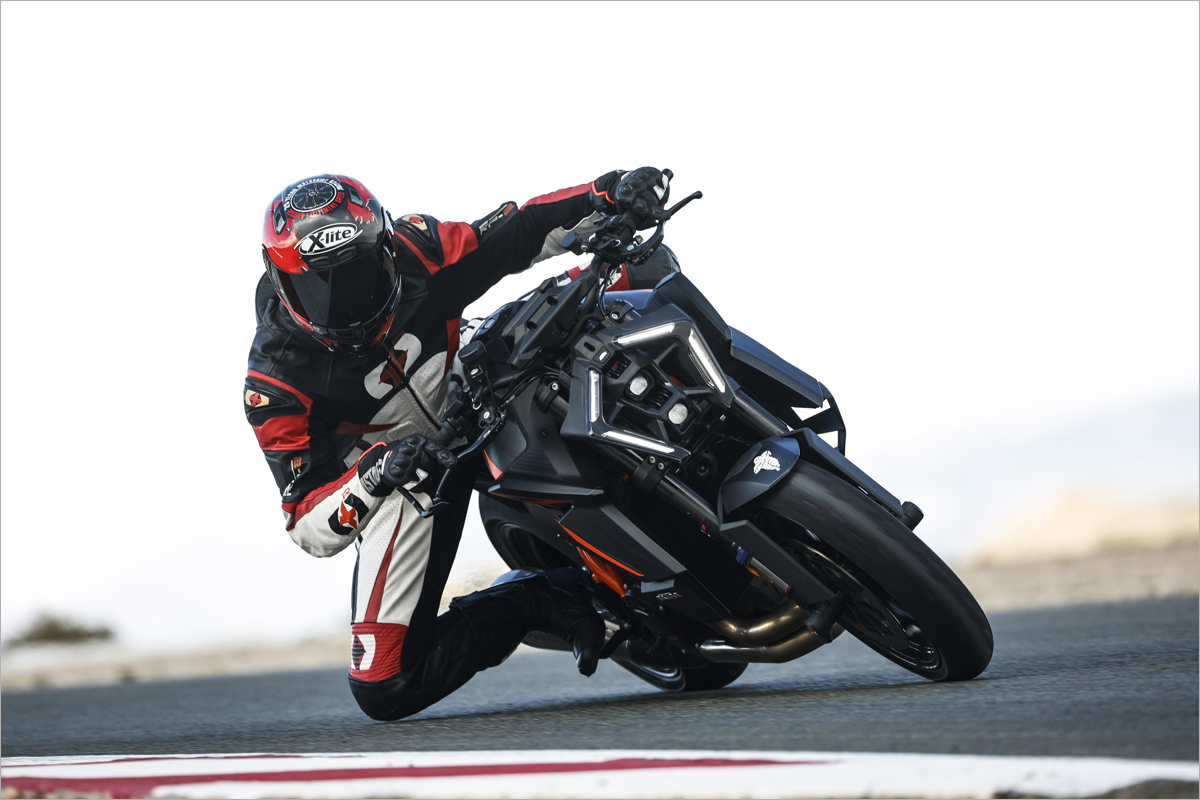
Now for the heavyweight champion of hooliganism, the Beast, the KTM 1390 Super Duke. KTM’s Super Duke has always reminded me of a proper American muscle car mindset—engine first chassis later. While that may be true about the original 2014 model, KTM has since slowly adapted the Beast with the help of Jeremy McWilliams to not only tame the Beast, but to get it to handle through corners. The biggest step yet was the 1290 Super Duke R 3.0, where for the first time riders were considering Big Daddy Duke as a track weapon.
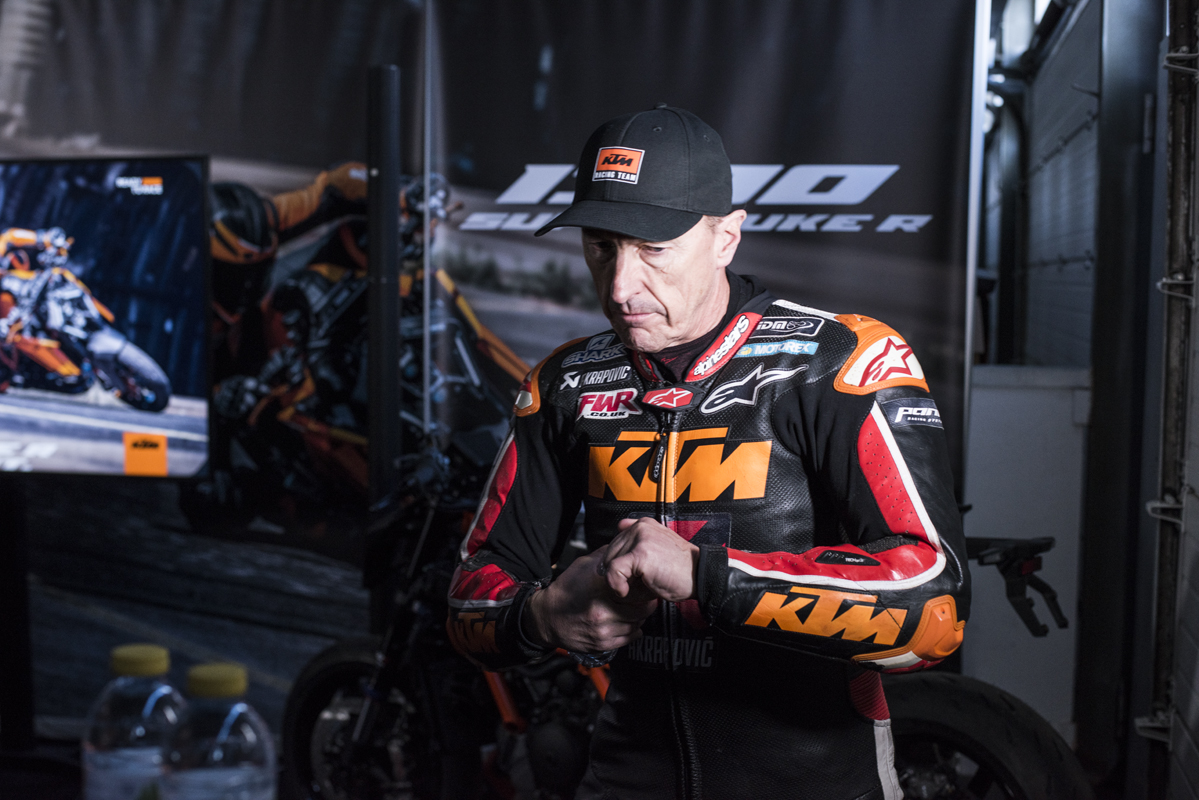
Sorry to burst your bubble guys, but the 1390 Super Duke is a polished do-it-all and then head-to-the-second after-party kind of animal. This year we see a 60% new bike with an extensive technical face-lift, increased performance, and an all-new more menacing look. Just like the major updates done on the 390 and 990 Duke, the Super Duke has seen some work done to its engine, suspension, electronics and has also gone through a refresh in design.
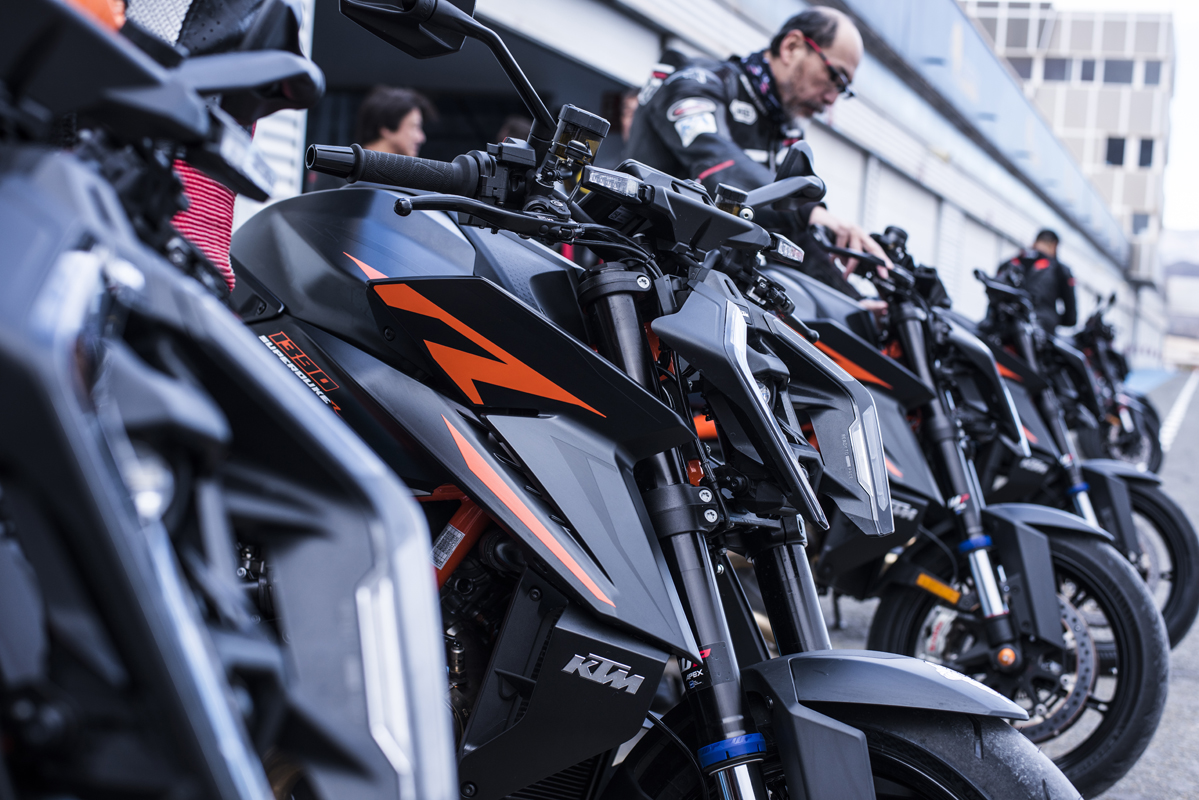
So, what are we looking at motor-wise? KTM loves using 90 for their cc naming convention for some OCD reason, but the actual number for this year’s LC8 is 1350 cc. With the bore increased to 110 mm from 108 mm, we also see an all-new cam shift integrated into the cylinder heads. What is cam shift? Cam shift allows for two separate valve lifts depending on the rpm range thus giving Thor’s hammer added power and torque throughout the full rpm range whereas before it would just run out of steam. Why though? More power! We are now looking at 190 hp @ 10,000 rpm and 145 Nm of torque @ 8,000 rpm—all of this while still meeting EURO 5+ homologation. The simplest way to explain it is that, the 1390 with shift cam now pulls like a four-cylinder up top, but without losing its low down and midrange hit.
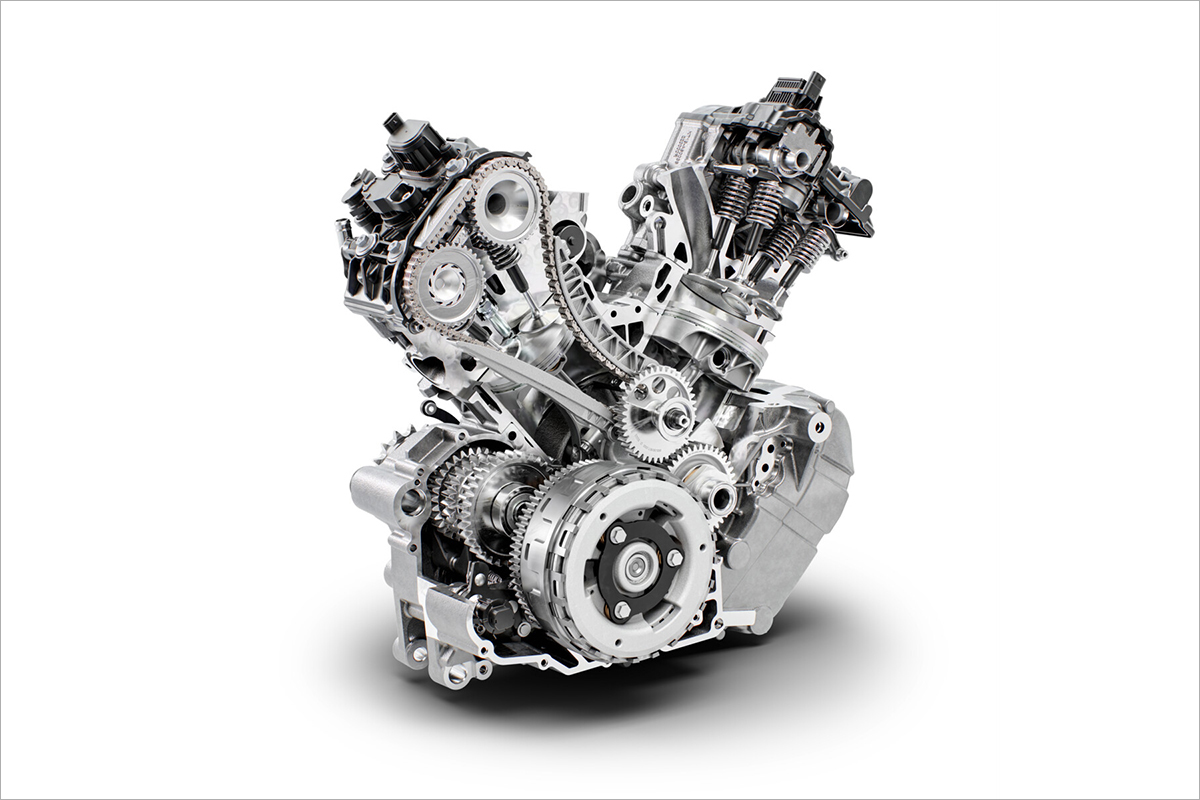
The gearbox has also been revised with 5th and 6th gear working hand in hand with the Super Duke’s new peak rpm range. With the new headlight, KTM has redesigned the airbox, reduced stack height through shorter throttle bodies, and has redesigned the ram air system which now allows for more direct airflow. The new 60 mm throttle bodies and a re-positioned top-feed injector have also been thrown onto this year’s Beast, which in turn makes for smoother acceleration and more torque as a result of better air-fuel mixture through the entire rev range. A mouth full, I know, but in summary the 1390 Super Duke delivers more power more smoothly.
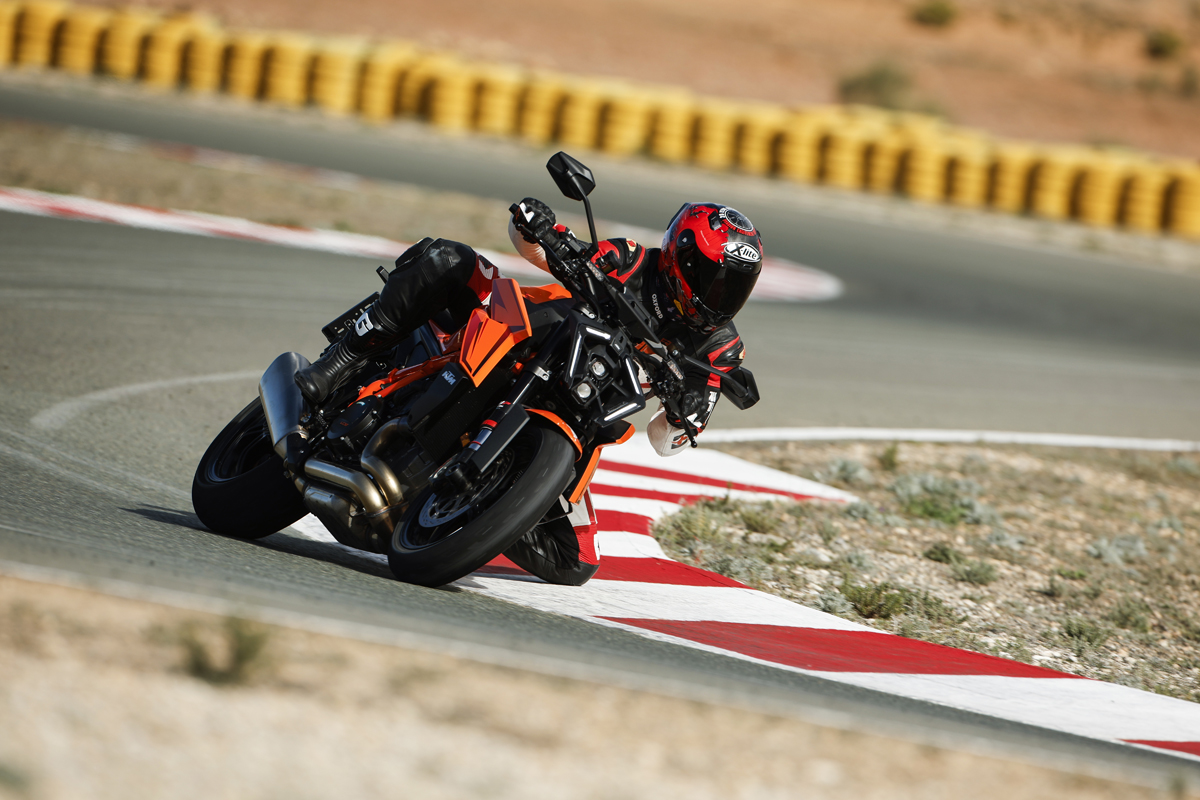
As much as the new Super Duke R and R EVO felt like a step up in handling around Almeria’s tight course, this year’s Super Duke is still running on a modified version of last year’s frame. KTM says they couldn’t find any faults with the frame, so they have decided to strengthen it for this year’s power and new grip levels for track riding. Sounds like an old Ducati trick, wink-wink-nudge-nudge.
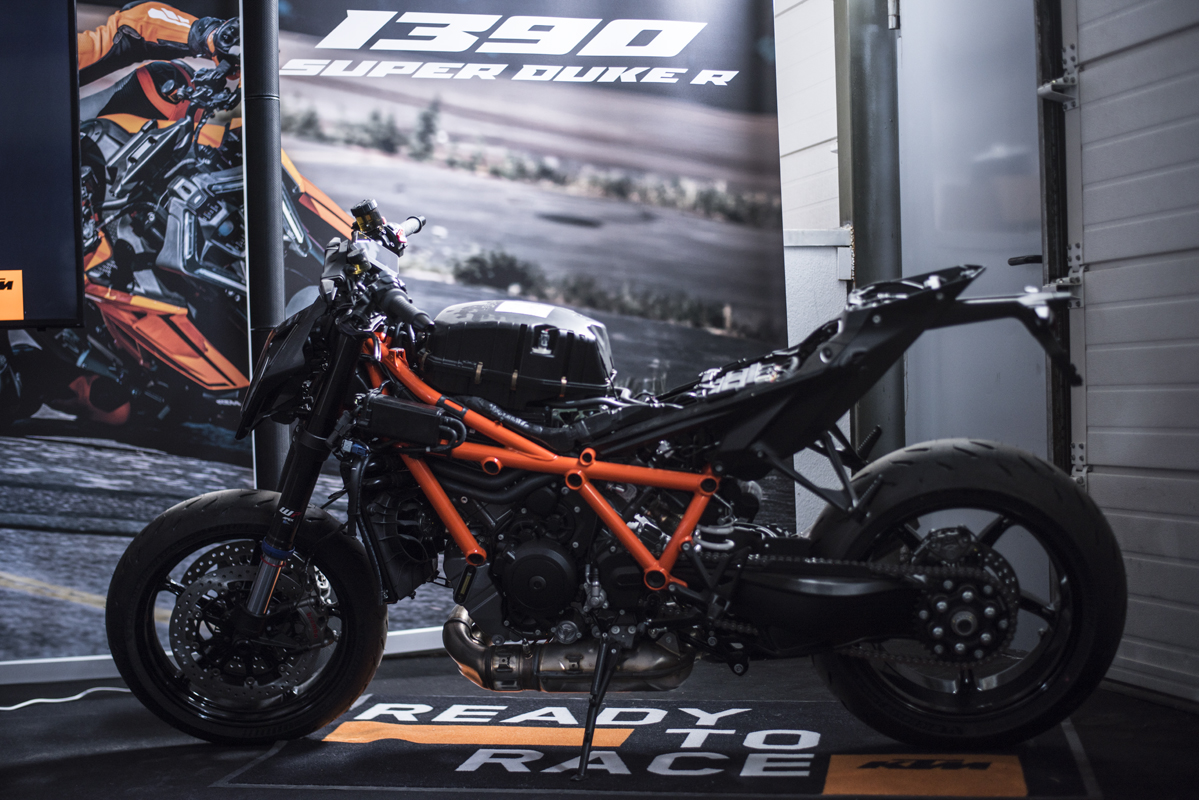
On track I swung a leg over the R and the R EVO model—both machines have their own unique personalities. The manually set up ‘R’ receives an updated 48 mm WP APEX Open Cartridge fork with split functionality and an updated fully adjustable WP APEX shock absorber with separate gas and oil reservoirs fitting in a piggyback style. With the bike’s at-launch setup for an 85 kg rider on test day, I was more than happy with KTM’s setup and I felt at home on the Duke.
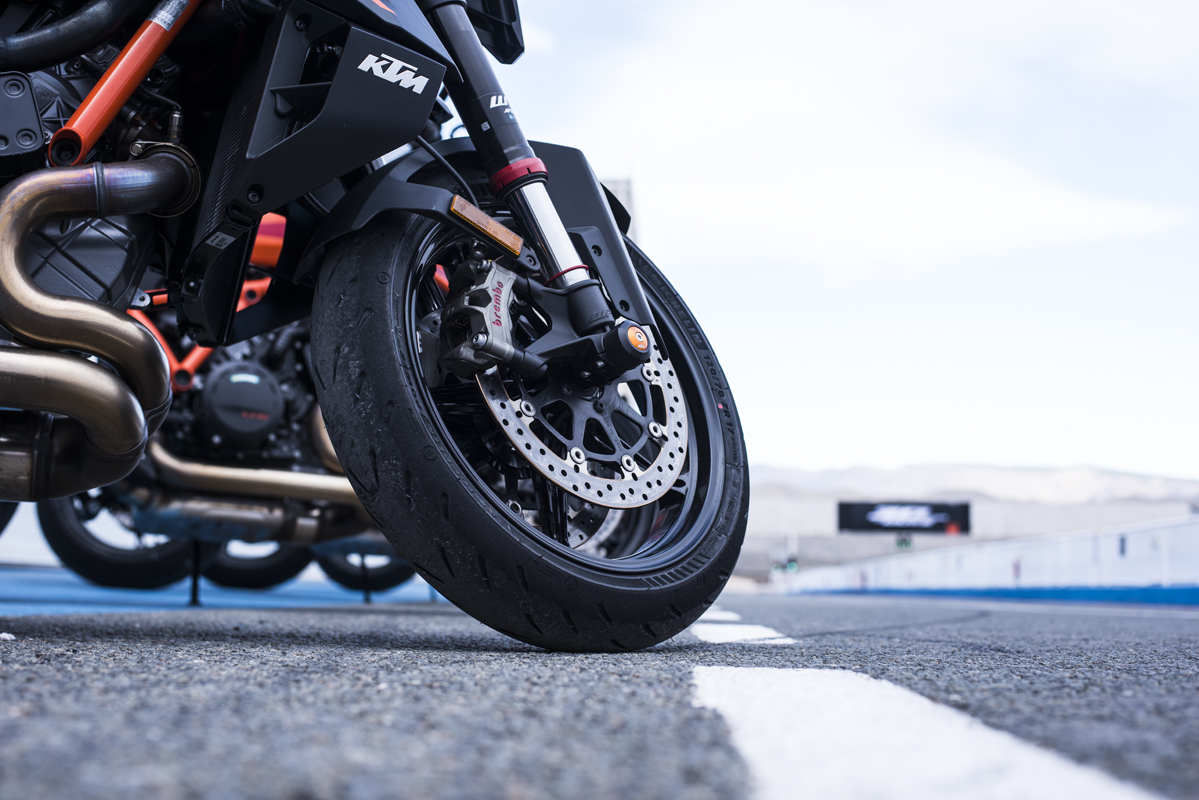
However, I think the R EVO has to be the one for me with the whole anti-spanner setup and all the extra electronic goodies for simple road and track ease of use. The R EVO is fitted with the latest generation and most advanced version of WP’s Semi-Active Technology, which means you either choose a pre-programmed suspension setup on the base package or dive into a custom setup with Track and Pro modes. With so much tech already in hand for engine slip, engine braking, MTC, ABS and the new wheelie control, you just have to go full monty and get the ‘EVO’. The EVO just makes life so much easier, it gets you 5% incremental adjustable preload settings in Suspension Pro and also gets you “Factory Start”, which is a MotoGP-inspired launch control.
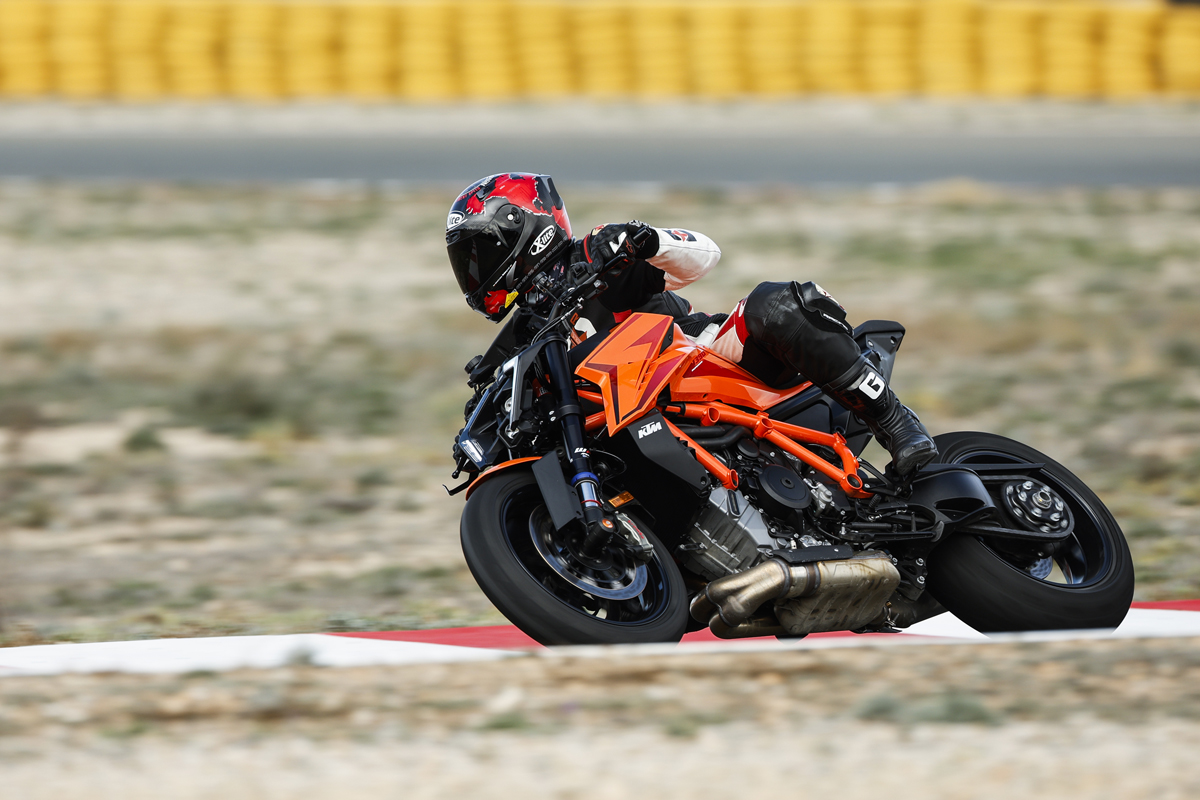
The rest of my sessions out on track, I just chased the EVO as I slowly started to understand and fall in love with the semi-active technology. It’s pretty fascinating to understand the inner workings! The suspension has what you call electronically controlled magnetic valves and what these do in summary is control the damping for you on the fly as the information gets fed into the stroke sensors and IMU. For instance, as the track session goes by and the tyres start to wear, you can decrease damping on the fly and change riding style along with your slip settings to make it to the end of the session. You can also toggle between more agility or stability depending on the surface or track layout you have to negotiate.
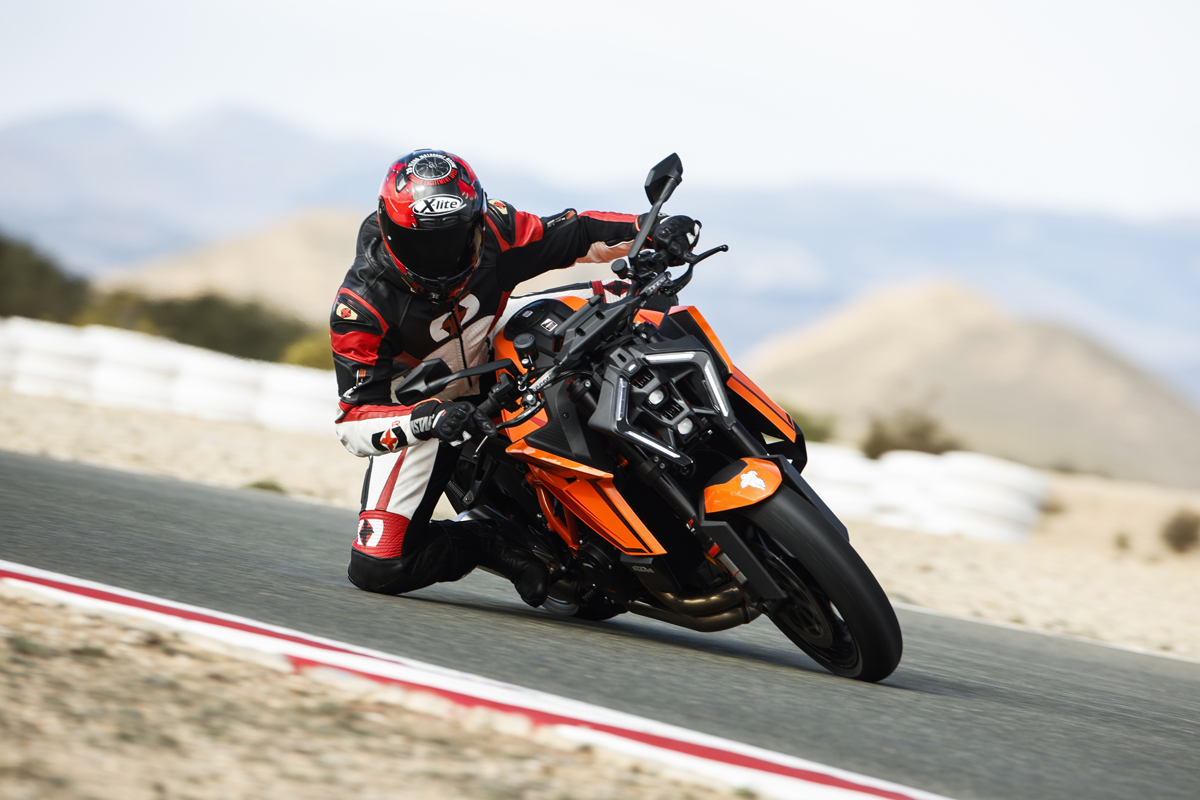
Should you trade your current model Super Duke for a new one? The answer is a difficult one, it really depends on the kind of riding you enjoy doing. If you love track riding where cornering and top-end acceleration are key, then the answer is yes, but if you enjoy one wheel up hooning then the oldie is still a goldie.
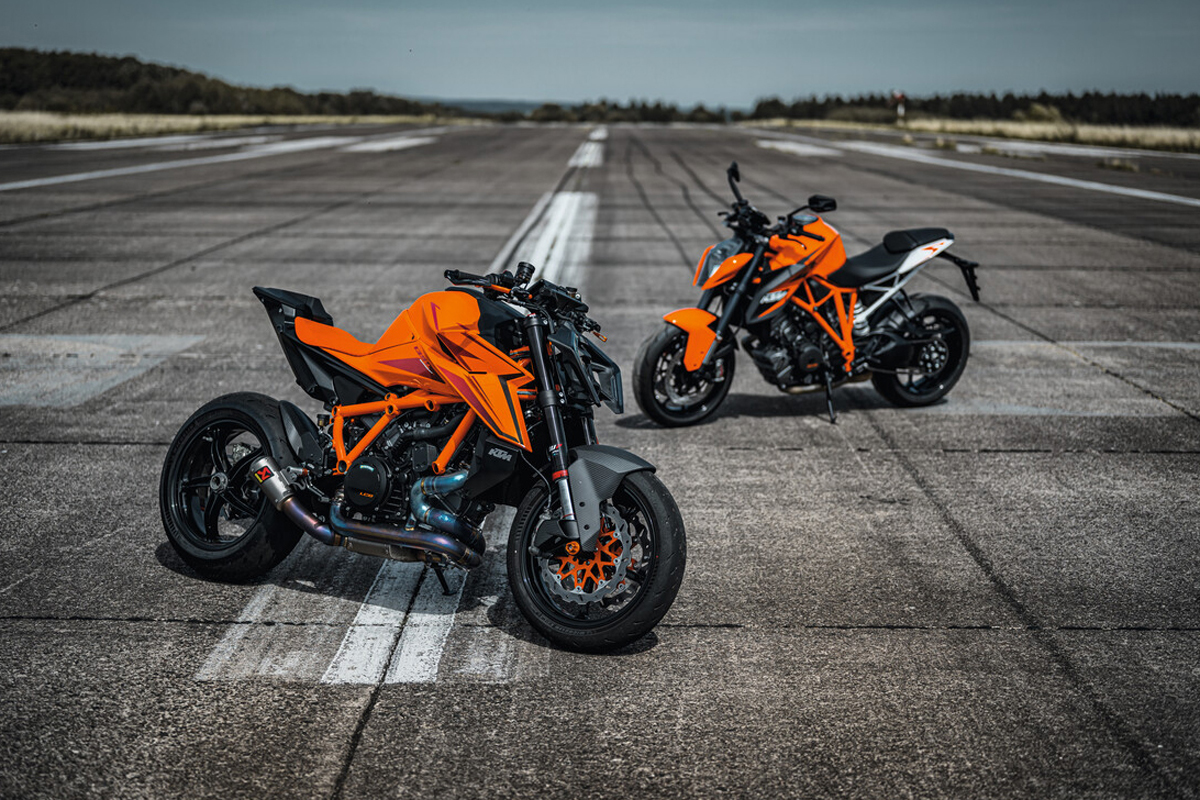
At the end of the day, we think KTM and their Duke range are smarter, stronger, more powerful, and more of a family than ever before. We look forward to doing more in-depth articles on all these Dukes as they arrive in SA around March. Until then, get your chequebooks out if you want the 30th-anniversary models with the orange seats, otherwise keep your eyes on KTM socials for more information.




